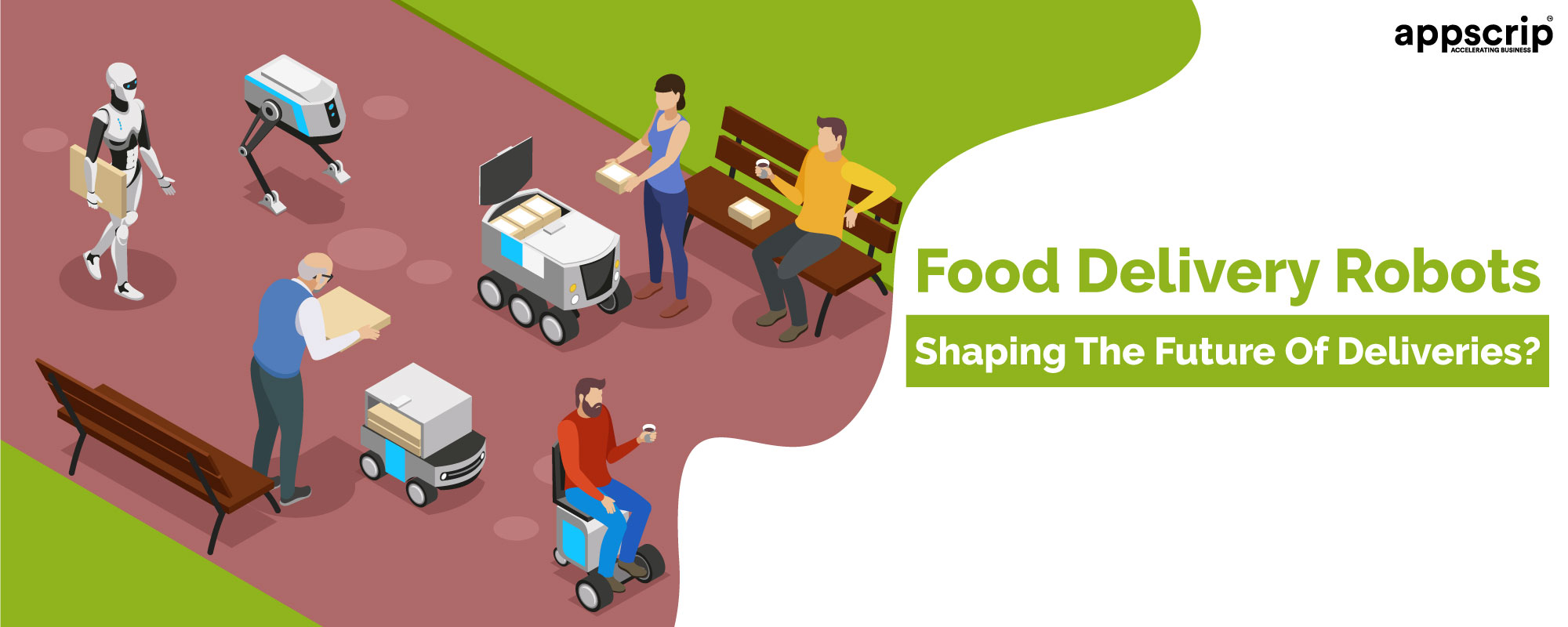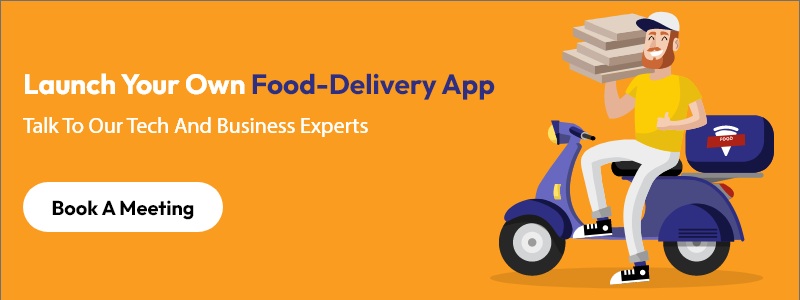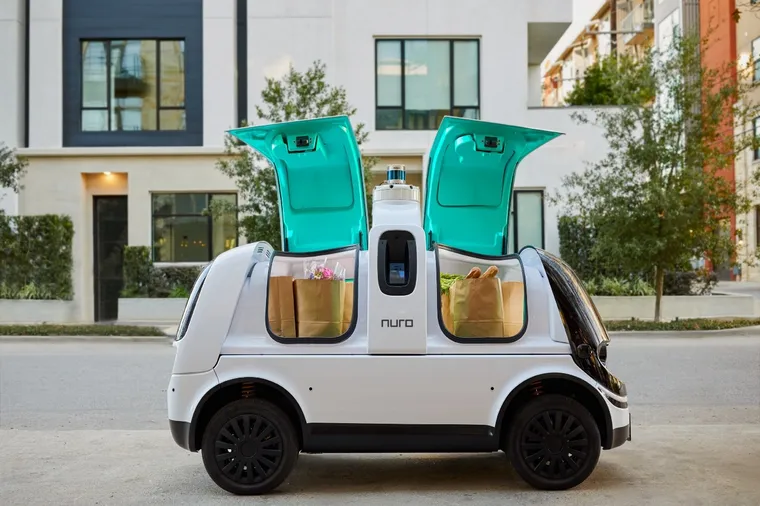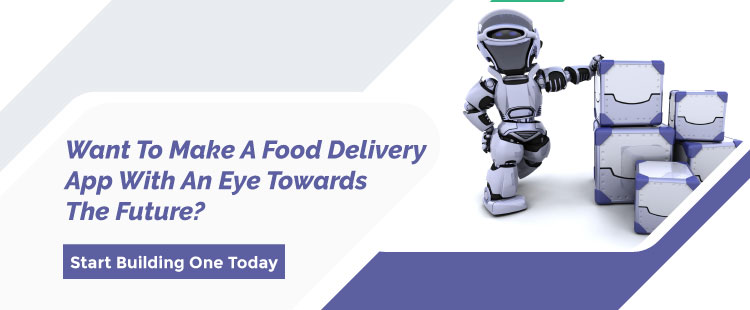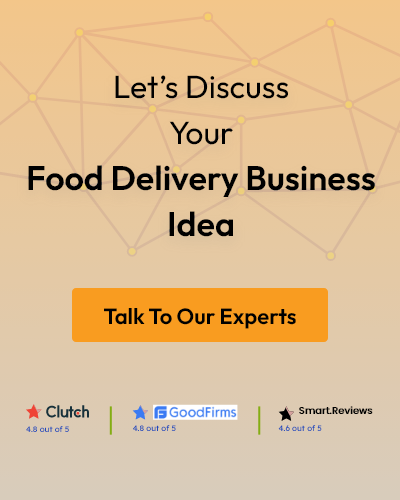The world is changing so fast. What used to be a vague idea about the future is becoming a reality today – food delivery robots!
Food delivery has made giant strides in the past few years – new technologies that allow consumers to track orders in real time. The infamous pandemic pushed companies to put on their thinking caps. It also encouraged ideas around contactless delivery geared toward minimizing contact between customers and drivers.
Using robots to deliver food is going to be the norm in a few years time rather than the exception.
What Are Food Delivery Robots?
Instead of a human delivery driver picking up food and delivering it, the robots are programmed to do the same activity. They are devised in such a way that they can handle rain, snow, curbs, and crosswalks.
Their maximum speed is usually about four miles per hour, and you can track them on your app. In some cases, the robot can also travel along hallways and elevators within a building.

What Is The Need For Automating Food Delivery?
The foremost need is the consumers’ desires for faster delivery. The second important need is due to the growing number of deliveries which has skyrocketed because of the pandemic. Labor shortage was anyway arising even before COVID began.
The fear of contracting the virus contributed to an increasing demand for contactless delivery services. Food delivery robots quell these fears and emerge as the right choice for all future delivery scenarios.
Problems of Food Delivery Using Humans
Food delivery apps like Postmates, UberEats, Dorodash etc require human delivery drivers workforce, who are mostly 1099 gig workers. They have to wait in in cars waiting for orders, have to drive from their homes to deliver food that may be quite far away.
They have to sit idle between deliveries and double-park outside restaurants while they wait for the food to be delivered. Delivery drivers add to the traffic problems, using more gas and adding to the pollution,
Overall the process is inefficient for drivers, clients and the environment.
Benefits of Using Food Delivery Robots
1. Robots Are Faster
A standard delivery may be delayed due to numerous factors like traffic, heaby rain etc. A robot has the ability to manoever and navigate through any area. This is possible because they are equipped with a 360-degree camera that allow them to see and safely overcome any obstacles to deliver food while it’s still warm.
2. Cost! Cost! Cost! – Affordable
Food delivery requires tipping the driver who brought it to your door. Automated food delivery robots will require a monthly app subscription of about $10 a month, thus making it the cheapest delivery if you consider a country like the US.
3. Safety Of Food
A robot is built in such a way that its food compartments are locked, so nobody can touch what’s inside. They also are fitted with an alarm that gets activated if someone tries to steal the food or even steal the robot. When the robot reaches the location, the restaurant sends a link to the customer or perhaps a passcode that the recipient clicks/enters and unlocks the food.
4. Track Where They Are
They are fitted with a tracking device so you can know where your food delivery robot is at any time and how fast the food will reach you. There is no fear of the robots getting lost or stolen as the company will easily find them.
5. Converse With Humans
Food delivery robots also have microphones which will help them to communicate with restaurant workers, pedestrians, or customers. This vastly improves customer experience and food delivery service.
6. Reduction Of Pollution
With more robots on the road there are far greater chances of fewer delivery vehicles on the road. Currently our roads are jammed with mostly people who are carrying out deliveries. This will have a positive affect in controlling the level of pollution in big cities and helps reduce greenhouse gas emissions.
8. Minimize Exposure to COVID-19 & Other Contagious Diseases.
As the world adjusts to contactless payments and deliveries, they would surely want to adopt the same lifestyle even long after COIVD has gone. Reduction in human contact will help in avoiding the contraction of any coomunicable disease that the delivery person may have. In case of any future pandemic the restaurants will continue to be in business and keep customers happy.
Downside of Automation Using Robots
Many unskilled workers depend upon deliveries as their main source of livelihood. Most low-income people work in trucking, delivery, and manufacturing will be disproportionately affected by this automation.
The robots are small by design and can’t hold much food in their compartments. Hence they are convinient only for single deliveries. Anything beyond – like ordering large amount of food or carrying out multiple deliveries will have to be done by human drivers only.
Robots shouldn’t be used to replace humans as human contact is essential. People tend to get attached with robots that may result in the loss of human touch whcih may further increase the empathy of humans towards robots. In the long term, this can negatively affect human relationships.
Laws have to be formulated when it comes to the ethical and legal issues arise about the robot’s rights. For example: Should robots should have the same rights as pedestrians.
Also Read – Food Delivery Business Model | Cooking Up Profits
Demand For Delivery Robots
Most consumers haven’t yet experienced having food delivered by a robot or a driverless cars but the idea seems to be enticing and increasingly piquing their interest.
Four in 10 consumers said they would use robotic delivery if it was available: 2019 report from The National Restaurant Assocation and Technomic. These figures would be far greater with demand for delivery shooting up during the pandemic.
Six in 10 adults say they’re more likely to get their food delivered, than they were before the pandemic: State of the Restaurant Industry report.
About half (53%) of those surveyed said ordering takeout or delivery of food is critical to the way they live.
9% of all restaurant orders are now for delivery. This is a 154% increase year-over-year from 2020, according to the NPD Group.
Companies Using Food Delivery Robots
StarShip Technologies

Starship Technologies, has more than 1,000 robots in its fleet, an increase from just 250 in 2019 and that speaks volumes of the way business is growing for them. It has plans to deploy several hundreds more. Thwy have delivered food to 20 U.S. college campuses and 25 more will be added soon. They’re also operating on sidewalks in Milton Keynes, England; Modesto and California.
The Starship has its own deliveries app through which customers can order food and drink to be delivered from a wide choices of local eateries and grocery shops. Once ordered, the robot’s entire journey and location can be monitored via smartphone. The robots can carry items within a 4-mile radius.
GrubHub’s Food Delivery Robots
Grubhub and with Russian robot maker Yandex recently parnered up to deploy 50 robots on the campus of Ohio State University in Columbus. Grubhub is currently focussing only on college campuses and plans to add more campuses soon.
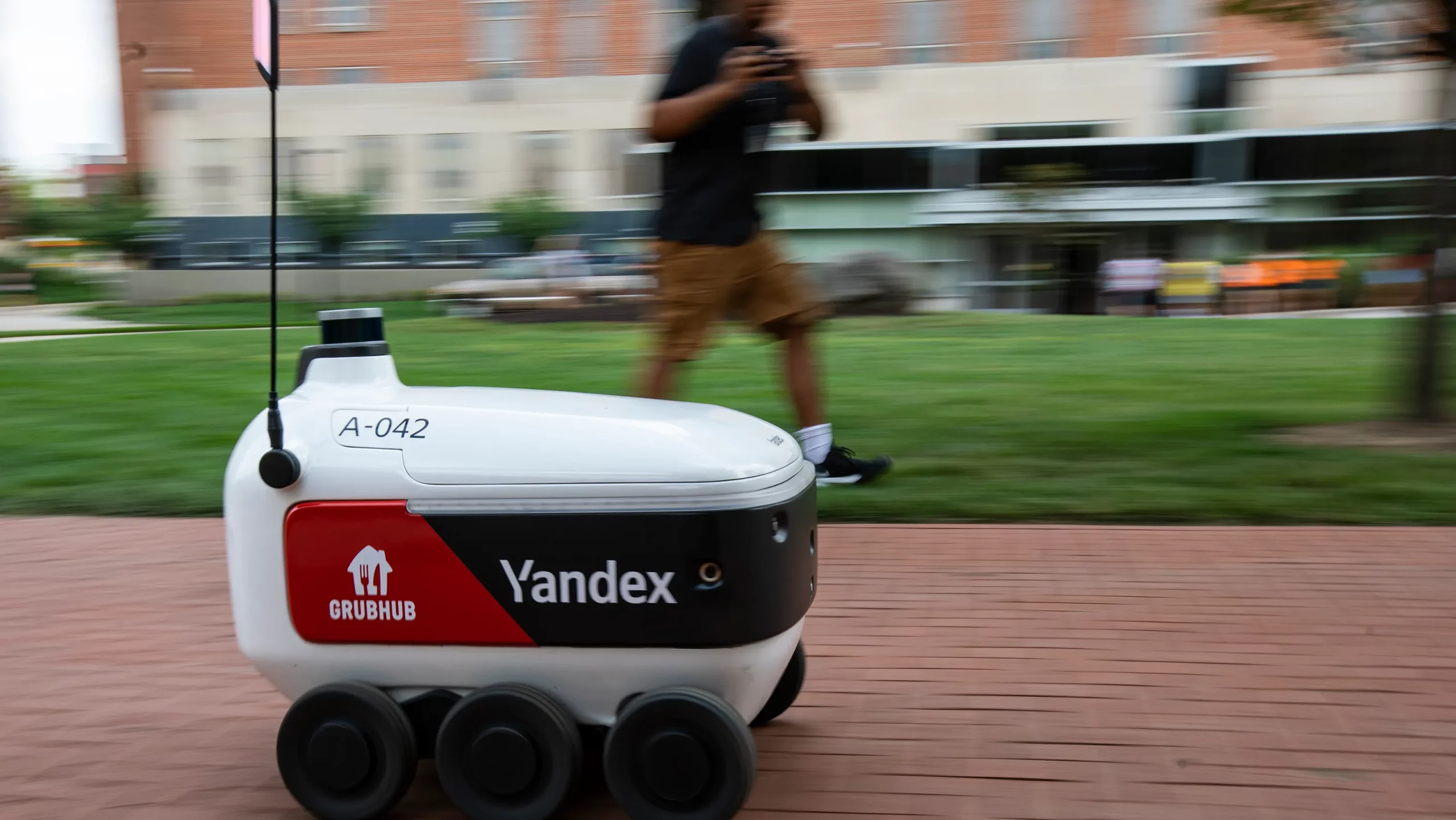
Domino And Nuro
Nuro, a California startup whose 6-foot-tall self-driving pods go at a maximum speed of 25 mph is operating on the streets and not on the sidewalks. Domino’s is partnering with Nuro for carrying out its deliveries.
Nuro is testing grocery and food delivery in Houston, Phoenix and Mountain View, California.
